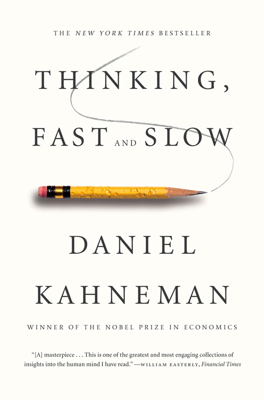Experienced Well-Being
Experienced Well-Being vs. Life Satisfaction
Distinction Between Experienced and Remembered Well-Being: - Experienced well-being refers to the feelings and emotions a person has during various activities in their daily life. It encompasses moments of joy, stress, pleasure, and pain as they occur. - Life satisfaction, on the other hand, involves evaluative judgments individuals make about their life when asked to reflect overall, often captured using scales like the Cantril Ladder which asks respondents to rate their current life on a scale from worst to best possible.
Measurement Methods and Findings
Day Reconstruction Method (DRM): - Developed as a practical alternative to experience sampling, DRM involves participants reconstructing their previous day by breaking it into episodes and evaluating their feelings during each episode. This method helps in measuring the well-being experienced across different times and activities without needing continuous recording.
Experience Sampling: - Involves receiving random prompts during the day to report current activities and feelings. Although accurate, it's deemed burdensome and was complemented by DRM for ease and practicality.
Key Insights from DRM Studies: - Time spent with children was surprisingly less enjoyable for American women compared to housework. - Activities such as commuting and work were associated with higher levels of stress and negative emotions. - Socializing and physical intimacy tended to have low U-indices, indicating more positive experiences.
Impact of Income on Well-Being
Divergence of Well-Being and Income: - Severe poverty exacerbates negative experiences, affecting responses to common life stressors like illness, with poorer individuals experiencing a higher intensity of emotional disruption. - An income saturation point exists around $75,000 in high-cost areas, beyond which experienced well-being does not significantly increase. Higher incomes do not necessarily enhance daily emotional well-being but continue to increase life satisfaction, suggesting differing impacts on experienced vs. evaluative well-being.
Economic and Social Implications: - Enhancements in transport for workers and better social opportunities can potentially decrease a society's overall U-index, implying a reduction in the time spent in unpleasant states. - Changes in public policies reflecting better usage of time can significantly impact the collective well-being by reducing experiences of discomfort or enhancing engagement in fulfilling activities.
Conclusions and Practical Advice
Advice on Utilizing Time: - Individuals have some control over their time and can increase their happiness by investing more time in enjoyable activities and reducing engagement in less pleasant duties.
Policy and Happiness: - Government and institutional policies should aim to reduce human suffering and improve conditions that lead to higher life satisfaction, differentiating between strategies that enhance daily well-being and those that increase overall life satisfaction.
Influence of Memory on Happiness: - Observations suggest that recalling and evaluating life may hinge on significant emotional events rather than a continuous assessment, affecting decisions on life satisfaction that don't always align with moment-to-moment happiness.
